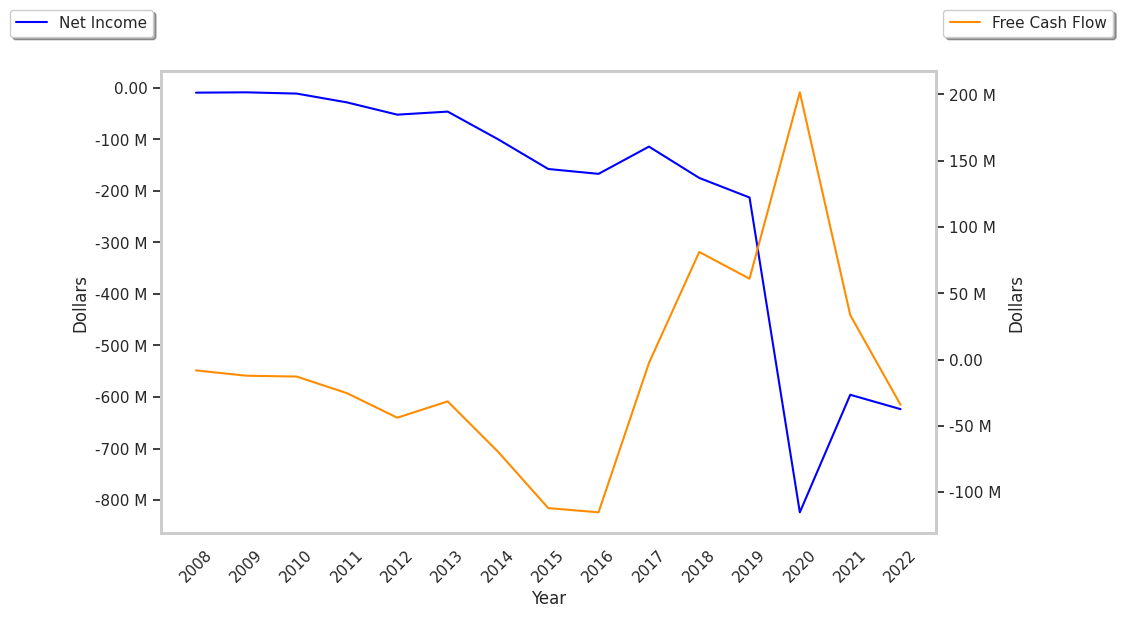One of Wall Street's biggest winners of the day is Exact Sciences, a medical specialities company whose shares have climbed 6.6% to a price of $71.38 -- near its average analyst target price of $73.2.
The average analyst rating for the stock is buy. EXAS may have outstripped the S&P 500 index by 8.0% so far today, but it has lagged behind the index by 24.8% over the last year, returning -6.3%.
Exact Sciences Corporation provides cancer screening and diagnostic test products in the United States and internationally. The company is part of the healthcare sector. Healthcare companies work in incredibly complex markets, and their valuations can change in an instant based on a denied drug approval, a research and development breakthrough at a competitor, or a new government regulation. In the longer term, healthcare companies are affected by factors as varied as demographics and epidemiology. Investors who want to understand the healthcare market should be prepared for deep dives into a wide range of topics.
Exact Sciences does not publish either its forward or trailing P/E ratios because their values are negative -- meaning that each share of stock represents a net earnings loss. But we can calculate these P/E ratios anyways using the stocks forward and trailing (EPS) values of $-0.34 and $-5.45. We can see that EXAS has a forward P/E ratio of -209.9 and a trailing P/E ratio of -13.1.
The P/E ratio is the company's share price divided by its earnings per share. In other words, it represents how much investors are willing to spend for each dollar of the company's earnings (revenues minus the cost of goods sold, taxes, and overhead). As of the third quarter of 2024, the health care sector has an average P/E ratio of 22.94, and the average for the S&P 500 is 29.3.
To better understand the strength of Exact Sciences's business, we can analyse its operating margins, which are its revenues minus its operating costs. Consistently strong margins backed by a positive trend can signal that a company is on track to deliver returns for its shareholders. Here's the operating margin statistics for the last four years:
| Date Reported | Total Revenue ($ k) | Operating Expenses ($ k) | Operating Margins (%) | YoY Growth (%) |
|---|---|---|---|---|
| 2024 | 2,758,867 | 2,423,873 | -38 | -322.22 |
| 2023 | 2,499,766 | 2,793,205 | -9 | 67.86 |
| 2022 | 2,084,279 | 2,664,546 | -28 | 41.67 |
| 2021 | 1,767,087 | 2,622,765 | -48 | 5.88 |
| 2020 | 1,491,391 | 2,282,752 | -51 | -88.89 |
| 2019 | 876,293 | 1,110,075 | -27 |
- Average operating margins: -33.5 %
- Average operating margins growth rate: -7.1 %
- Coefficient of variability (lower numbers indicate less volatility): 473.43 %
Exact Sciences's financial viability can also be assessed through a review of its free cash flow trends. Free cash flow refers to the company's operating cash flows minus its capital expenditures, which are expenses related to the maintenance of fixed assets such as land, infrastructure, and equipment. Over the last four years, the trends have been as follows:
| Date Reported | Cash Flow from Operations ($ k) | Capital expenditures ($ k) | Free Cash Flow ($ k) | YoY Growth (%) |
|---|---|---|---|---|
| 2024 | 210,536 | 135,989 | 74,547 | 133.48 |
| 2023 | 156,119 | 124,190 | 31,929 | 107.29 |
| 2022 | -223,559 | 214,462 | -438,021 | -84.04 |
| 2021 | -102,236 | 135,766 | -238,002 | -433.32 |
| 2020 | 136,482 | 65,078 | 71,404 | 125.11 |
| 2019 | -111,655 | 172,654 | -284,309 |
- Average free cash flow: $-130408666.7
- Average free cash flown growth rate: 11.2 %
- Coefficient of variability (lower numbers indicating more stability): 0.0 %
Free cash flow represents the amount of money that is available for reinvesting in the business, or for paying out to investors in the form of a dividend. With a positive cash flow as of the last fiscal year, EXAS is in a position to do either -- which can encourage more investors to place their capital in the company.
Another valuation metric for analyzing a stock is its Price to Book (P/B) Ratio, which consists in its share price divided by its book value per share. The book value refers to the present liquidation value of the company, as if it sold all of its assets and paid off all debts.
Exact Sciences's P/B ratio indicates that the market value of the company exceeds its book value by a factor of 5, so the company's assets may be overvalued compared to the average P/B ratio of the Health Care sector, which stands at 3.19 as of the third quarter of 2024.
Exact Sciences is by most measures fairly valued because it has a negative P/E ratio., a higher than Average P/B Ratio, and negative cash flows with an upwards trend. The stock has poor growth indicators because it has a no PEG ratio and with a negative growth trend. We hope you enjoyed this overview of EXAS's fundamentals.



